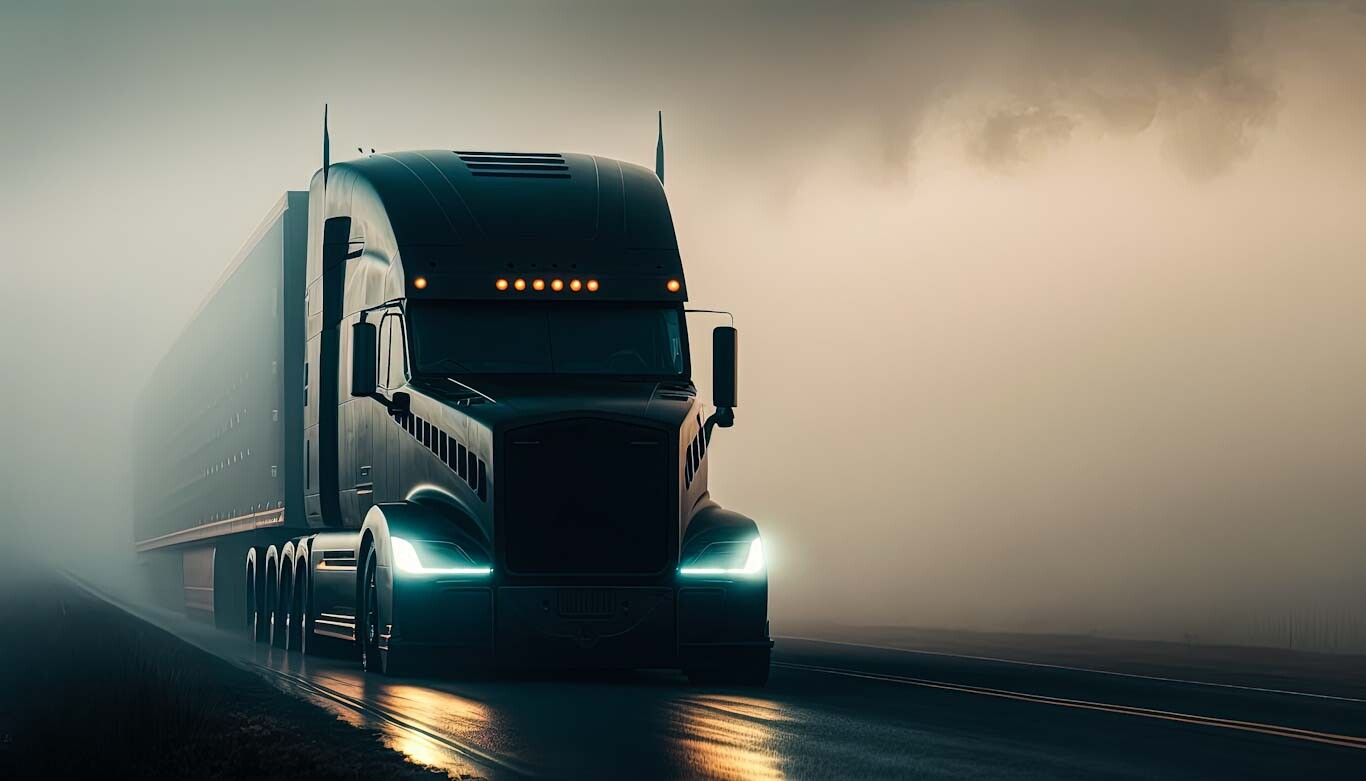5 things you should know about Uber’s self-driving truck
Feb 14, 2017 in Technology, LifestyleSelf-driving trucking technology has been around for a while but Otto truck is the latest buzz that ironically drives some people crazy due to its controversy and others excited as they might witness the “ghost” riding vehicle. Here are 5 things you might not know about Uber's self-driving truck.
Why do we need it
The trucking industry manages 70 percent of the nation’s freight. This is about 10.5 billion tons annually. Unfortunately, there are not enough drivers. The American Trucking Association points a shortfall of 48,000 drivers. This number will reach 175,000 by 2024. This is why experts claim autonomous technology is of high need. Even though you might think a lot of drivers would react as negatively as taxi drivers did towards Uber, the company claims that truckers can rest peacefully on their seats as their services would be still much needed as quite of a number of goods require a commercially licensed human hand on the wheel according to the US federal law. It will not only eliminate the shortage but it will make roads safe as well. According to federal statistics, 400,0000 trucks crash each year. About 4,000 people are killed annually and in most of the cases it is a human error.
How does it really work?
Interstate autopilot is technology that promises safer highways. According to Otto:
“sensors are installed high atop existing trucks, offering vehicles an unobstructed view of the road ahead. With highways making up only 5% of U.S. roads, we can focus our testing on this specific set of trucking routes critical for the American economy”.
What is more, the company reassures that:
“Otto hardware and software is tuned for the consistent patterns and easy to predict road conditions of highway driving”.
The technology is specially designed to operate on highways where it does not have to deal with traffic lights, pedestrians or other obstacles. It self-regulates the following distance and changes lanes only if required. One of the main things that differentiates Otto’s system from Tesla’s Autopilot is that it offers offers true ‘Level 4’ autonomy. Ideally, Otto’s stuff see these trucks as virtual trains on a software rail on the highways.
How much it costs
The amount of money that Uber paid to Otto for the self-driving truck technology might shock you. Don’t worry, you are not alone. It costed an arm and a leg - the dazzling $680 million alongside with an agreement that included giving the company 20 percent of its trucking profits.
The first delivery
When we imagine a ghost riding tremendously looking truck we assume it will carry something spectacular. Not in the case of Uber’s self driving vehicle’s first test trip. The truck’s first delivery was 50,000 Beers. The cans of Budweiser left the brewery in Fort Collins, Colorado at 12,30 am. One might think why so late? Well, the sight of a self-driving truck might attract too much attention. Once the driver set the autonomous mode he can sit back and relax on his seat.
The vehicle might be against the laws in California
Uber might be violating the law when testing its autonomous tractor trailers on public roads. This is due to the fact that Otto hasn’t signed up for California’s autonomous testing program. As The Verge reported “the regulation requires companies to purchase a $150 permit and file annual reports about the number miles driven and disengagements”. The company doesn’t have a permit to test its self-driving technology on California streets. On top of all the trucks exceed 10,000 pounds which is against the regulations. A similar story happened last December when Uber had to take off its self-driving Volvo SUVs from the road in San Francisco.



